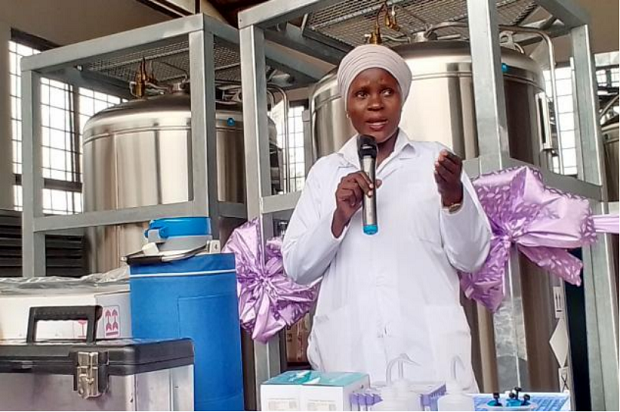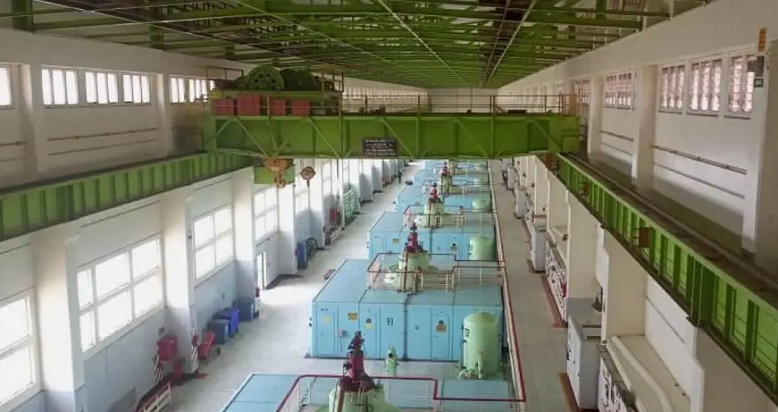Namubiru explains how the cow pregnancy test kit works
As the importance of food security continues to gain attention, farmers are increasingly adopting appropriate technologies to meet the growing demand.
In the case of dairy cattle farmers, any delay in milk production can impact their revenue.
The production cycle begins with the cow entering heat, indicating readiness to conceive.
Traditionally, a cow on heat is either mated with a bull or artificially inseminated. However, it is often assumed that the cow is pregnant after mating or insemination, which may not always be the case due to various factors.
If pregnancy is confirmed, the farmer can anticipate financial gain. The gestation period for a cow is nine months. After delivery, the milk produced in the first two weeks is exclusively for the calf, as it may not be suitable for human consumption at that time.
The conventional method of confirming cow pregnancy is vaginal palpation, where the farmer manually checks the cow’s reproductive tract three months after mating or insemination.
This approach leads to a waste of time if the cow did not conceive within that period.
If it is confirmed within one month that the cow is not pregnant, the farmer can attempt mating or insemination again in the following month.
To address these challenges, the Ministry of Agriculture, Animal Industry, and Fisheries (MAAIF) is introducing a new technology that can detect pregnancy within one month after mating or insemination.
The technology, which is yet to be launched, is part of the efforts to overcome bottlenecks in the dairy production chain.
Namubiru Masitula, a veterinary technician at the National Animal Genetic Resources Centre and Data Bank (NAGRC & DB), explained that the new pregnancy test kit involves drawing blood from the presumed pregnant cow.
After allowing the blood to settle, the clear part (serum) is separated and subjected to further steps.
A change in the color of the serum indicates whether the animal is pregnant (blue) or if it did not conceive (plain color).
Dr. Aloysius Lumbuye, a retired veterinary officer involved in voluntary service at the Luweero satellite artificial insemination (AI) center, highlighted how manual pregnancy detection methods have caused farmers significant losses.
The cost of the kit is yet to be determined by the ministry, which will consider it once farmers have gained knowledge about the technology and its effectiveness and benefits.
Dr. Jackson Mubiru, the director of animal breeding at NAGRC & DB, stated that the pregnancy test kit is a new development in the country, and the ministry has not finalized the pricing. He emphasized that the kit will be a significant innovation for farmers when it is eventually rolled out.
This test kit is one of the initiatives implemented under the US$70 million Agricultural Value Chain Development Project (AVCDP) by the ministry. The project aims to enhance dairy, beef, maize, and cowpea production to improve food security, household income, and export opportunities.
Originally scheduled for a five-year period starting in 2018, the project was extended for two additional years due to the impact of the COVID-19 pandemic, which caused a global economic shutdown. The African Development Bank (ADB) contributed US$57 million, while the Ugandan government provided US$8.3 million in counter-funding.
-URN





